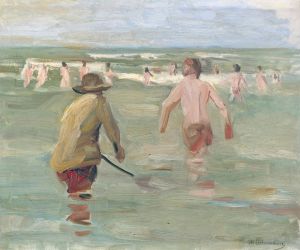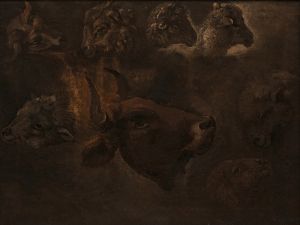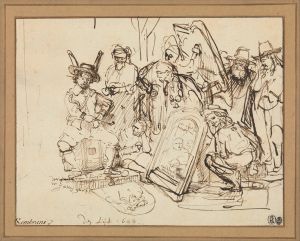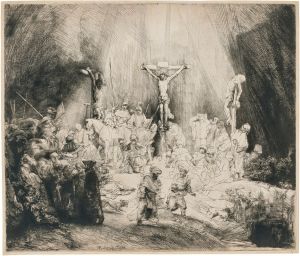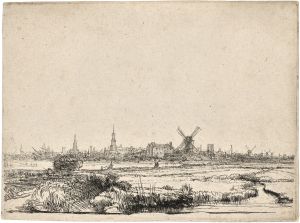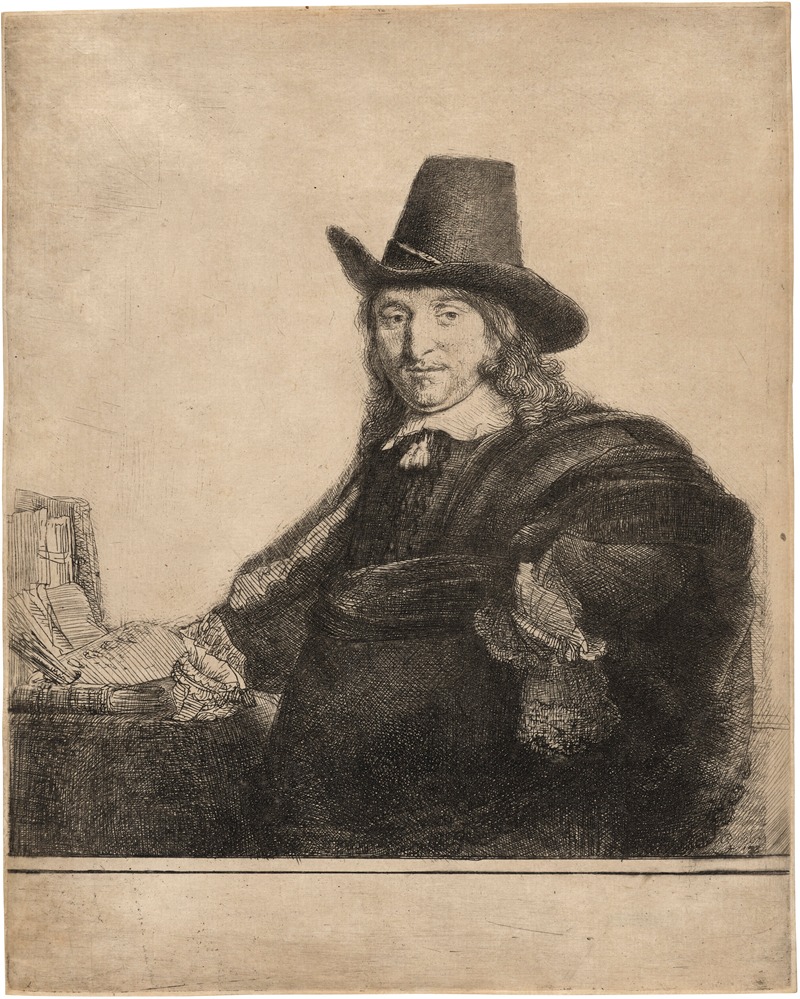
Jan Asselijn, Painter
A hand-painted replica of Rembrandt van Rijn’s masterpiece Jan Asselijn, Painter, meticulously crafted by professional artists to capture the true essence of the original. Each piece is created with museum-quality canvas and rare mineral pigments, carefully painted by experienced artists with delicate brushstrokes and rich, layered colors to perfectly recreate the texture of the original artwork. Unlike machine-printed reproductions, this hand-painted version brings the painting to life, infused with the artist’s emotions and skill in every stroke. Whether for personal collection or home decoration, it instantly elevates the artistic atmosphere of any space.
"Jan Asselijn, Painter" is a portrait created by the renowned Dutch artist Rembrandt van Rijn. This painting is believed to depict Jan Asselijn, a Dutch painter of Italianate landscapes, who was active during the 17th century. The work is part of Rembrandt's extensive oeuvre of portraiture, showcasing his mastery in capturing the individuality and character of his sitters.
The painting is executed in oil on canvas, a medium Rembrandt frequently used. It is characterized by his signature use of chiaroscuro, a technique that emphasizes the contrast between light and shadow to create a sense of depth and realism. In this portrait, Rembrandt focuses on the face and upper body of the sitter, employing loose, expressive brushstrokes that highlight the textures of the skin, hair, and clothing. The sitter's gaze is direct and engaging, a hallmark of Rembrandt's ability to convey psychological depth.
Jan Asselijn (circa 1610–1652) was a contemporary of Rembrandt and a member of the Dutch Golden Age of painting. He is best known for his landscapes and scenes inspired by Italian settings, as well as his depictions of animals. Asselijn traveled to Italy during his career, where he was influenced by the work of Italian masters and the natural beauty of the countryside. Upon returning to the Netherlands, he became a prominent figure in the Amsterdam art scene.
The exact date of the portrait's creation is not definitively known, but it is generally attributed to the mid-17th century, during the height of Rembrandt's career. The painting is notable for its intimate and informal portrayal of the sitter, which was a departure from the more formal and idealized portraits common in the period. This approach reflects Rembrandt's innovative style and his focus on realism and human emotion.
The current location of the painting is not specified in this context, but many of Rembrandt's works are housed in major museums and collections around the world. The portrait is an example of Rembrandt's ability to capture the essence of his subjects, making it a valuable piece of art history and a testament to his skill as a portraitist.
This work is often studied in the context of both Rembrandt's artistic development and the broader cultural and artistic trends of the Dutch Golden Age. It serves as a reminder of the interconnectedness of artists during this period and the mutual influence they had on one another's work.





